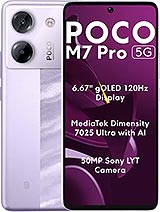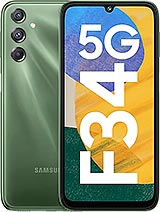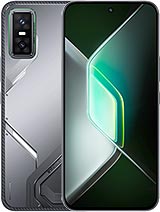Nothing CMF Phone 1 alternatives
Tap above to see alternatives.
Samsung Galaxy F54 alternatives
Tap above to see alternatives.
Nothing CMF Phone 1

Nothing CMF Phone 1
-
Dimensity 7300
4 nm
-
5000 mAh
33W
-
6.67"
1080x2400 pixels
-
50 MP
4K@30fps
- Specs
Samsung Galaxy F54

Samsung Galaxy F54
-
Exynos 1380
5 nm
-
6000 mAh
25W
-
6.7"
1080 x 2400 pixels
-
108 MP
4K@30fps
- Specs
4x2.5 GHz Cortex-A78
4x2.0 GHz Cortex-A55
4x2.4 GHz Cortex-A78
4x2.0 GHz Cortex-A55
8GB 128GB (UFS 3.1)
8GB 256GB (UFS 3.1)
f/1.8, (wide), PDAF
2 MP
f/2.4, (depth)
f/1.8, (wide), PDAF, OIS
8 MP
f/2.2, (ultrawide), 1/4.0", 1.12µm
2 MP
f/2.4, (macro)
1080p@30/60fps
1080p@30/60fps
f/2.0, (wide)
f/2.2, 26mm (wide), 1/2.8", 0.8µm
1080p@30fps
SIM1: Nano, SIM2: Nano
SIM1: Nano, SIM2: Nano
10 5G bands
n1, n3, n5, n8, n28, n38, n40, n41, n77, n78
10 5G bands
n1, n3, n5, n7, n8, n28, n40, n41, n77, n78
In this performance comparison, the Nothing CMF Phone 1 with its Mediatek Dimensity 7300 (4nm) performs better than the Samsung Galaxy F54 with the Exynos 1380 (5nm), thanks to superior chipset efficiency.
Samsung Galaxy F54 launched with Android 13 and will receive updates until Android 17, whereas Nothing CMF Phone 1 launched with Android 14 and will get Android 16. Samsung Galaxy F54 will get security updates until 2028 (approx. 5 years), while Nothing CMF Phone 1 is supported till 2027.
Both Nothing CMF Phone 1 and Samsung Galaxy F54 feature AMOLED displays, offering vibrant colors and deeper blacks. Both smartphones offer the same 120 Hz refresh rate. Nothing CMF Phone 1 also boasts a brighter screen with 2000 nits of peak brightness, enhancing outdoor visibility. Both phones have the same screen resolution.
Samsung Galaxy F54 features a larger 6000 mAh battery, potentially delivering better battery life. Nothing CMF Phone 1 also supports faster wired charging at 33W, compared to 25W on Samsung Galaxy F54.
Nothing CMF Phone 1 includes an IP52 rating, while Samsung Galaxy F54 lacks an official IP rating.
¹ Scores can vary even with the same chipset due to RAM, thermals, and software optimization.










